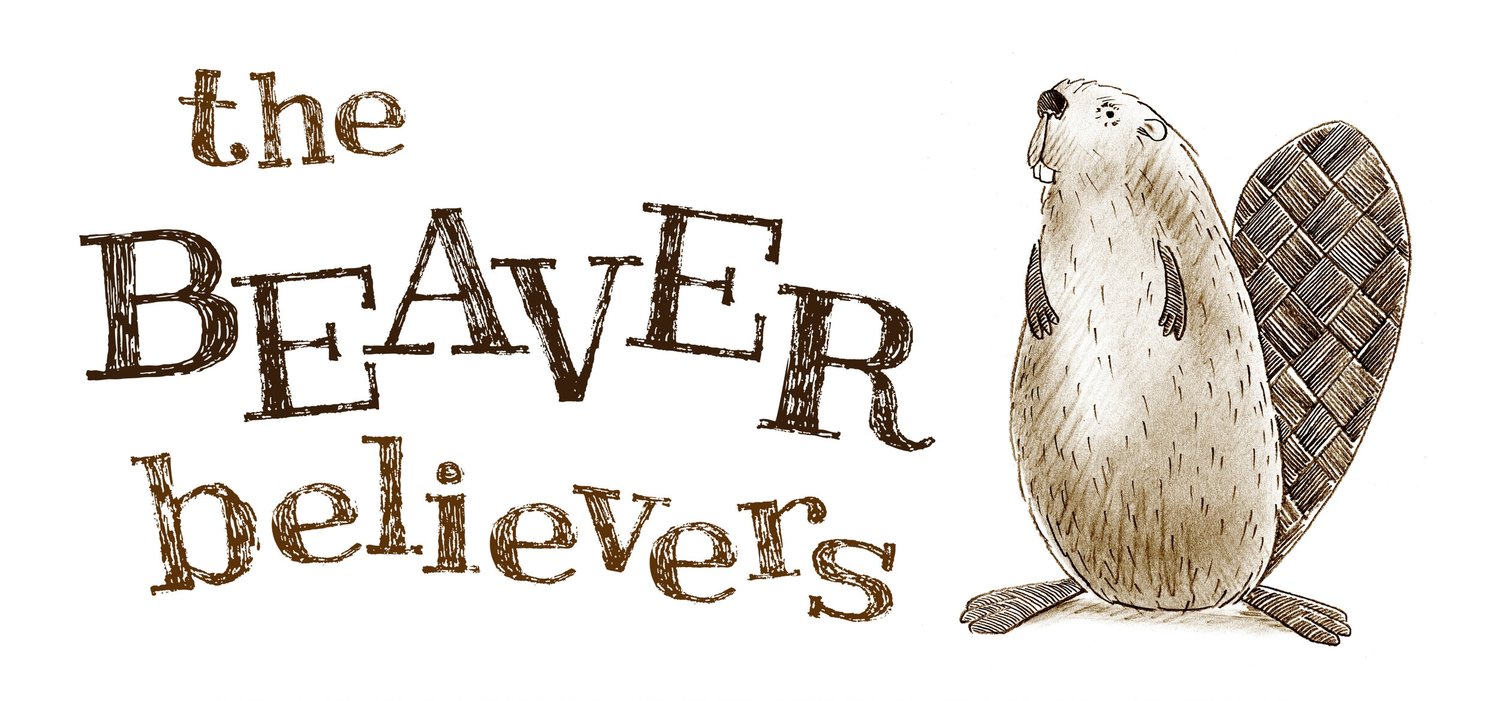Sherri Tippie
Sherri Tippie is a self-described “city person” who doesn’t like camping (Going to the bathroom outside? Yuk!) but is a lover of all living things. For the past two decades she has been trapping unwanted beaver in the great Denver area and relocating them to happier homes in the mountains of Colorado. Nationally recognized for her expertise in trapping and re-locating beaver, Sherrie explains how she learned her craft: “Hey, it’s not that hard. I’m a woman. I read the directions that came with the traps.” A haircutter for inmates in the Arapahoe County Jail, Sherrie claims, “my guys at the prison know more about beaver than most people with fancy degrees.” She lives in Lakewood, Colorado with her family of furry friends.
Kent Woodruff
Kent Woodruff has directed the Methow Valley Beaver Project since 2009. A U.S. Forest Service Wildlife Biologist, Kent and his tireless crews have established one of the most successful beaver relocation projects in the nation. A tinkerer and an innovator, Woodruff developed a new procedure to sex beavers quickly and humanely by testing beaver scent gland oils (don’t try this at home, kids!) Since most beaver mate for life, Kent firmly believes new beaver couples should actually like one another (imagine that!) so he developed the famed “beaver love shacks” for captured beavers awaiting re-location. He only re-locates established couples, which increases their chances of survival, though, as he states, “it is still likely they argue in the den about whose turn it is to take out the garbage.” Kent lives in Twisp, Washington, where he can be frequently found in one of the Methow Valley’s two fabulous bakeries.
Suzanne Fouty
Suzanne Fouty works as a hydrologist in northeastern Oregon. While working on her Ph.D. dissertation, Suzanne had a life-changing epiphany, realizing that “everything we think we know about streams absent beaver is wrong.” Documenting the important role that beaver play in stream hydrology, Suzanne’s work demonstrates how beaver can be one of our most effective stream restoration tools. When not working long hours at her office, Suzanne can be found out in the field, gathering data on her restoration projects and camping out in her vintage travel trailer with her dogs.
Heidi Perryman
Heidi Perryman is a child psychologist who resides with her husband in Martinez, California, east of San Francisco. Her life changed dramatically in 2006 when two beaver decided to take up residence in Alhambra Creek, right in the center of town. When the City decided to exterminate them, Heidi led a citizen’s revolt to save them, and now she reports that, “we regularly see otter, steelhead, heron, kingfisher, and mink in our tiny urban stream.” She launched the annual Martinez Beaver Festival in 2008, and is now known as an online guru for beaver activists and urban wildlife preservation nationwide. The web site for her non-profit "Worth a Dam" can be found at www.martinezbeavers.org. Most evenings Heidi can be found, along with many other local residents, on the bridge over Alhambra Creek, watching with wonder as the beaver go about their evening rituals.
Mary O'Brien
Mary O'Brien is Utah Forests Program Director for the Grand Canyon Trust, and arguably one of the most effective environmental activists in the West, best known for her tireless efforts for toxics reform and as a passionate defender of our public lands. Although Mary is not afraid to go to court to protect endangered lands and species, she much prefers to work collaboratively with ranchers, county commissioners, and other opponents who invariably both fear and respect her. When not in meetings or in the field with volunteers collecting data, Mary can be found at home with her husband OB, planting native grasses and restoring the land around her straw bale home in Castle Valley, Utah.





